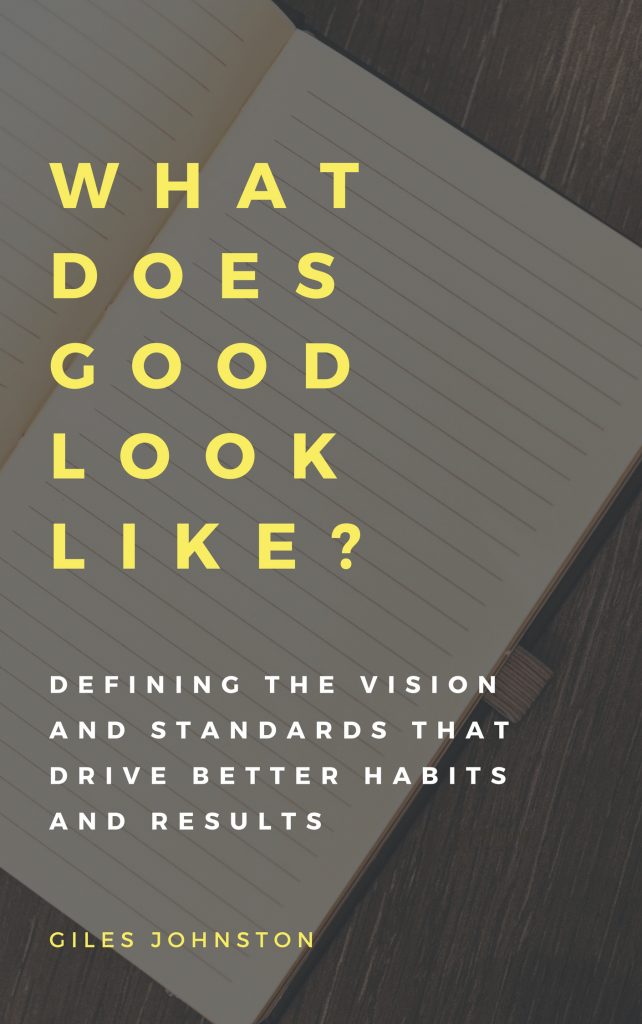How many times have you asked for an improvement to be undertaken by your team and wondered “what on Earth happened?”, when you saw the result?
It’s happened to every manager at some point in time. If it is happening to you currently, don’t worry, it is easy to rectify.
When we set our team members away with an improvement it is vital that we spell out what we do and don’t want to experience at the end of the project. Some things you will not be worried about and some you will. Being clear about the things you are bothered about is the key here to getting out of this loop of instructing your teams to improve a certain feature of your business and then complaining about what you receive.
Let me give you a quick example.
A production team were asked to sort out the internal on time delivery issue surrounding their component kits. Multiple items within the kit were manufactured in house and suffered from unreliable production and variable lead times.
The team decided to outsource the production of key items and boom, internal on time delivery improved.
Their production costs rose also.
So, the team achieved their objective but the business owner didn’t get what they wanted.
What did the owner want?
He wanted the team to fix the the inconsistency in the machine shop. He wanted them to improve the planning and communication around the kitting process.
Did he say this to the team? Was he explicit with what he wanted to experience at the end?
No.
Maybe next time, huh?
If you find yourself in this loop then why not apply this logic to your own improvement requests?
If you want more ideas on how to get the best from your teams, then check out my book What Does Good Look Like?, available from Amazon and iTunes.

Have fun making more specific requests from your team!
Giles
